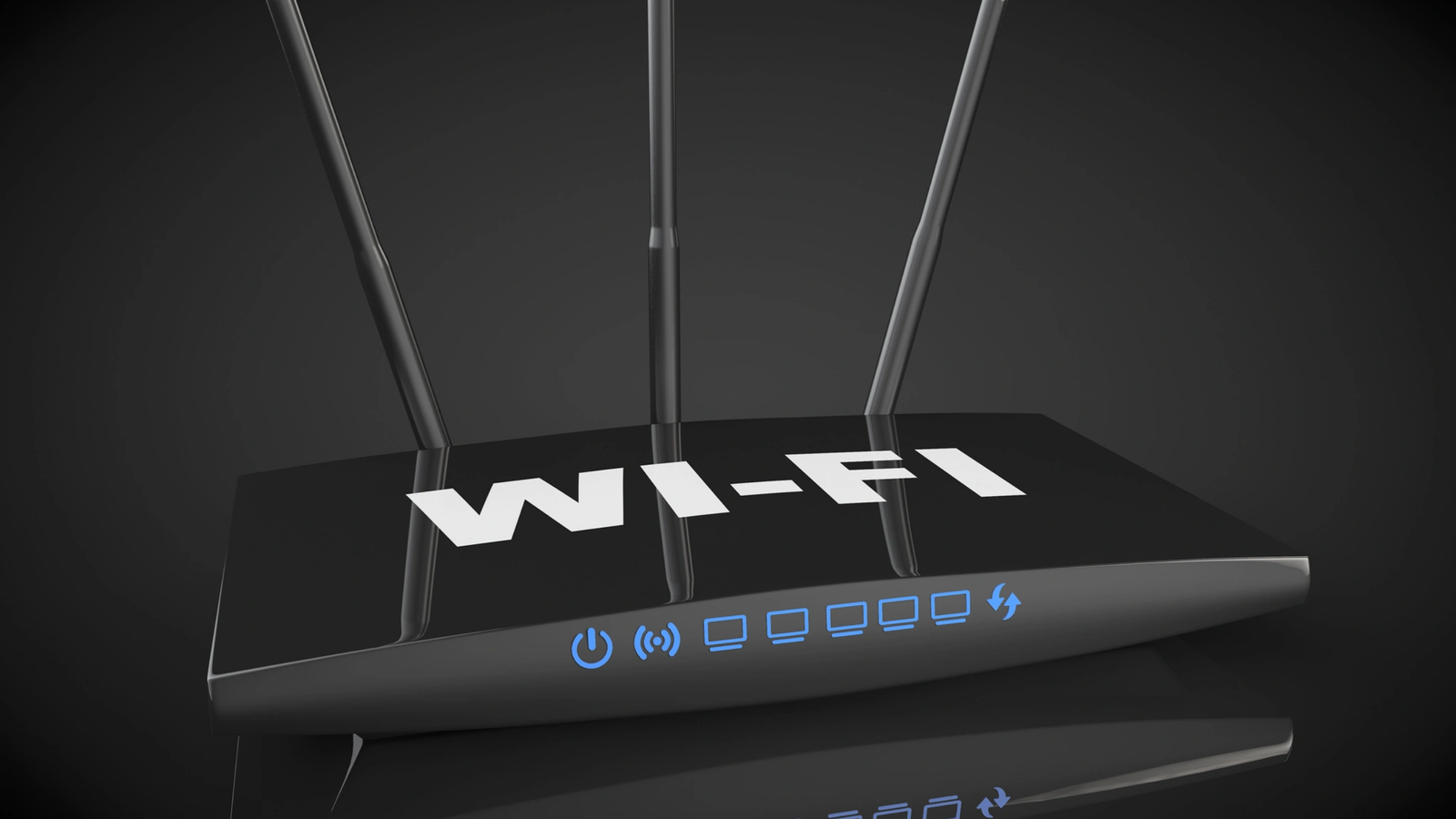In today’s rapidly evolving digital landscape, enterprises face a critical decision when deploying Customer Premises Equipment (CPE): Should they opt for on-premise or cloud-managed CPE? This choice impacts cost, scalability, security, and operational efficiency—making it essential for IT leaders to evaluate both options carefully.
This article breaks down the key differences between on-premise and cloud-managed CPE, helping enterprises make an informed decision based on their unique business needs.
Understanding On-Premise vs. Cloud-Managed CPE
What is On-Premise CPE?
On-premise CPE refers to networking hardware (such as routers, firewalls, or SD-WAN appliances) that is physically installed and managed at a company’s location. Enterprises retain full control over configuration, security, and maintenance.
Pros of On-Premise CPE:
✅ Full Control & Customization – IT teams can fine-tune configurations based on specific needs.
✅ Low Latency – Local data processing reduces delays for latency-sensitive applications.
✅ Data Sovereignty – Critical data remains within the enterprise’s physical infrastructure, ideal for compliance-heavy industries (e.g., finance, healthcare).
Cons of On-Premise CPE:
❌ High Upfront Costs – Requires capital expenditure (CapEx) for hardware and setup.
❌ Maintenance Burden – IT teams must handle updates, patches, and troubleshooting.
❌ Limited Scalability – Expanding infrastructure requires additional hardware purchases.
What is Cloud-Managed CPE?
Cloud-managed CPE involves networking devices that are controlled and monitored via a cloud-based platform. The hardware remains on-site, but configurations, updates, and security policies are managed remotely.
Pros of Cloud-Managed CPE:
✅ Lower Operational Costs – Shifts expenses from CapEx to OpEx (subscription-based pricing).
✅ Easier Scalability – New locations or devices can be deployed quickly via centralized cloud dashboards.
✅ Automated Updates & Security – Vendors handle patches, reducing IT workload.
✅ Remote Management – IT teams can monitor and troubleshoot from anywhere.
Cons of Cloud-Managed CPE:
❌ Dependence on Internet Connectivity – Requires stable broadband for management access.
❌ Potential Latency Issues – Cloud-based control may introduce minor delays.
❌ Vendor Lock-In Risks – Switching providers may require hardware replacement.
Key Factors Influencing the Decision
1. Cost Considerations
- On-Premise: Higher initial investment but predictable long-term costs.
- Cloud-Managed: Lower upfront costs but recurring subscription fees.
Best for Budget-Conscious Enterprises: Cloud-managed CPE (if long-term OpEx is acceptable).
2. Security & Compliance Needs
- On-Premise: Preferred for industries with strict data residency laws (e.g., government, healthcare).
- Cloud-Managed: Relies on vendor security measures; suitable for businesses with strong cloud trust.
Best for High-Security Needs: On-premise CPE (if full control is non-negotiable).
3. Scalability & Flexibility
- On-Premise: Scaling requires purchasing and deploying new hardware.
- Cloud-Managed: Rapid deployment across multiple locations with minimal effort.
Best for Growing Businesses: Cloud-managed CPE.
4. IT Resource Availability
- On-Premise: Requires in-house IT expertise for maintenance.
- Cloud-Managed: Reduces IT workload with automated management.
Best for Lean IT Teams: Cloud-managed CPE.
5. Performance & Latency Sensitivity
- On-Premise: Ideal for real-time applications (e.g., VoIP, high-frequency trading).
- Cloud-Managed: Slight latency may affect performance-critical operations.
Best for Low-Latency Needs: On-premise CPE.
Real-World Use Cases
When On-Premise CPE Wins
- A financial institution handling sensitive transactions.
- A manufacturing plant with legacy systems requiring direct control.
When Cloud-Managed CPE Wins
- A retail chain deploying SD-WAN across hundreds of stores.
- A startup needing quick, cost-effective network deployment.
Future Trends: The Shift Towards Hybrid Models
Many enterprises now adopt hybrid CPE solutions, combining on-premise control for critical workloads with cloud-managed flexibility for remote sites. This approach balances security, cost, and scalability effectively.
Final Recommendation: How to Choose
| Factor | Choose On-Premise If… | Choose Cloud-Managed If… |
|---|---|---|
| Budget | You have high CapEx availability | You prefer OpEx flexibility |
| Security Needs | Data sovereignty is critical | Vendor security meets compliance |
| Scalability | Growth is predictable | Rapid expansion is needed |
| IT Resources | You have a skilled IT team | You lack in-house expertise |
| Performance Needs | Ultra-low latency is required | Minor latency is acceptable |
Conclusion
The choice between on-premise and cloud-managed CPE depends on an enterprise’s budget, security policies, scalability needs, and IT capabilities. While on-premise offers control, cloud-managed provides agility. For many, a hybrid approach delivers the best of both worlds.
By carefully assessing these factors, IT leaders can deploy a CPE solution that aligns with their business objectives while ensuring efficiency and security.
